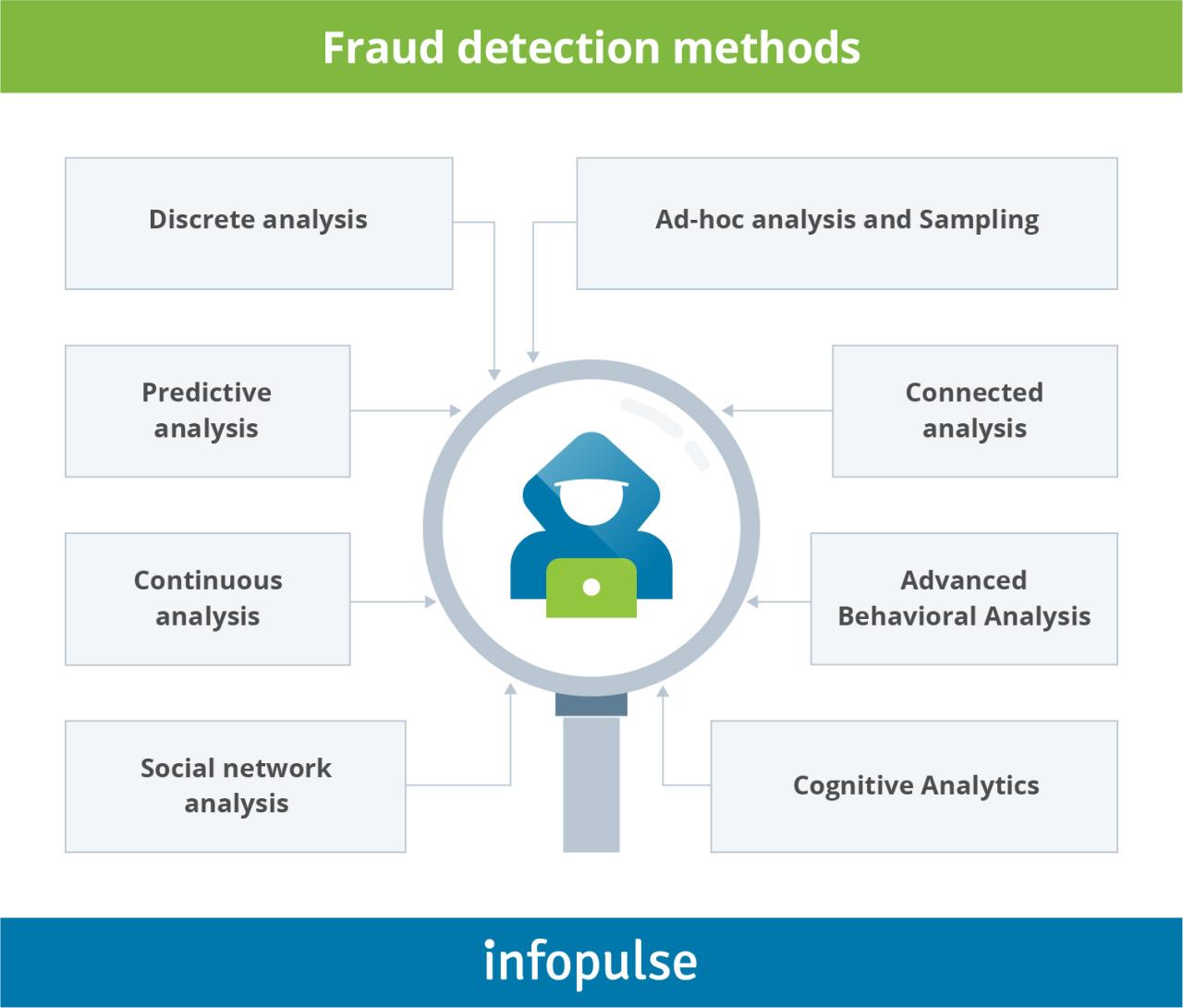
Fraud is a major concern for businesses and organizations of all sizes. In today's digital age, fraudsters are becoming increasingly sophisticated, making it difficult for traditional security measures to keep up. Big data analytics offers a solution by enabling businesses to analyze large volumes of data to identify patterns and anomalies that may indicate fraudulent activity. In this article, we'll explore the ways in which big data analytics can be used to detect fraud and strengthen security measures.
What is Big Data Analytics?
Big data analytics involves the use of advanced analytics techniques to analyze large volumes of data to uncover insights and patterns. It typically involves the use of machine learning algorithms and other statistical techniques to identify patterns and relationships in data that may not be immediately apparent.
The Role of Big Data Analytics in Fraud Detection
Big data analytics can play a critical role in fraud detection by enabling businesses to identify patterns and anomalies in data that may indicate fraudulent activity. By analyzing large volumes of data from a variety of sources, businesses can gain insights into customer behavior and identify patterns that may indicate fraudulent activity.
- Identifying Suspicious Activity
Big data analytics can be used to identify suspicious activity by analyzing data on customer behavior and transactions. By identifying patterns and anomalies in this data, businesses can detect fraudulent activity and take action to prevent it.
- Improving Risk Assessment
Big data analytics can be used to improve risk assessment by analyzing data on customer behavior and transactions. By identifying patterns and trends in this data, businesses can assess the risk of fraud and take steps to prevent it.
- Enhancing Fraud Prevention
Big data analytics can be used to enhance fraud prevention by identifying patterns and anomalies in data that may indicate fraudulent activity. By analyzing large volumes of data from a variety of sources, businesses can gain insights into customer behavior and identify patterns that may indicate fraudulent activity.
Examples of Big Data Analytics in Fraud Detection
There are many examples of businesses using big data analytics to detect fraud:
- Credit Card Companies
Credit card companies use big data analytics to detect fraudulent transactions by analyzing data on customer behavior and transactions. By identifying patterns and anomalies in this data, credit card companies can detect fraudulent activity and take action to prevent it.
- Insurance Companies
Insurance companies use big data analytics to detect fraudulent claims by analyzing data on customer behavior and medical history. By identifying patterns and anomalies in this data, insurance companies can detect fraudulent claims and take action to prevent them.
- Retailers
Retailers use big data analytics to detect fraudulent transactions by analyzing data on customer behavior and transactions. By identifying patterns and anomalies in this data, retailers can detect fraudulent activity and take action to prevent it.
Challenges of Big Data Analytics in Fraud Detection
While big data analytics offers many benefits for fraud detection, there are also challenges that need to be addressed:
- Data Privacy and Security
Data privacy and security are major concerns when it comes to big data analytics in fraud detection. Businesses need to ensure that customer data is collected and stored in a secure and ethical manner.
- Data Quality
Data quality is a challenge in big data analytics in fraud detection. Ensuring that data is accurate, complete, and consistent can be difficult, especially when dealing with large volumes of data from multiple sources.
- Complexity
Big data analytics can be complex and require specialized knowledge and expertise. Businesses need to invest in training and education to ensure that they have the skills and knowledge to effectively use these tools.
Conclusion
Big data analytics can play a critical role in fraud detection by enabling businesses to identify patterns and anomalies in data that may indicate fraudulent activity. By analyzing large volumes of data from a variety of sources, businesses can gain insights into customer behavior and identify patterns that may indicate fraudulent activity. However, businesses need to address challenges around data privacy and security, data quality, and complexity to fully realize the benefits of big data analytics in fraud detection. As businesses continue to integrate these tools into their operations, it is important that they prioritize transparency, accountability, and the well-being of their customers and society as a whole.